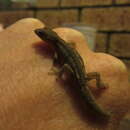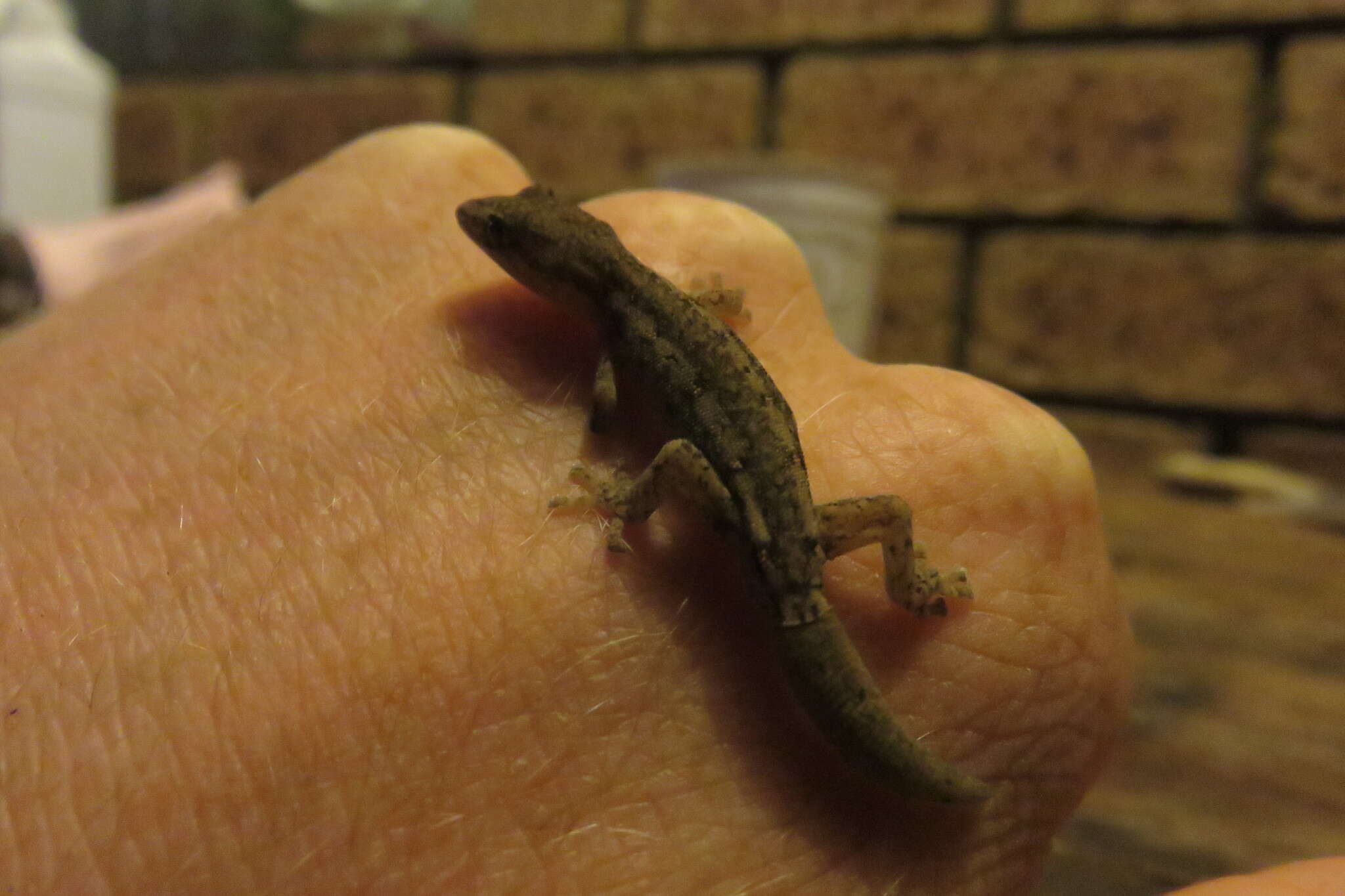en
names in breadcrumbs



Crenadactylus ocellatus is a species of Squamata in the family Diplodactylidae. They are found in australasia. They are nocturnal. They have sexual reproduction. They rely on running to move around.
EOL has data for 16 attributes, including: